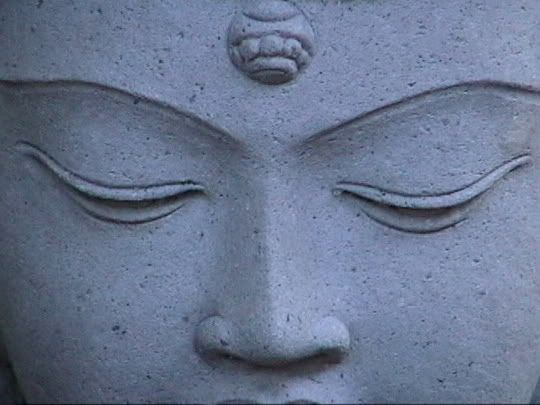Great article!
Read the whole article.The Whole Way
by Joan Sutherland
Being human is a complicated affair, and Buddhism began and continues to evolve as a response to this challenge. It describes in great detail what is unsatisfactory and why, and then it offers practices, philosophy, and art to help transform this unsatisfactoriness into awakening—or, more accurately, to help us see the awakening that was always right there, inextricably a part of the very life we considered unsatisfactory.
There are many forms of Buddhism and a variety of Buddhist practices, including meditation, ceremony, study, service, art, and devotion. Practice is key, because it bridges idea and embodiment; it helps make the Way real. In the Asian cultures in which Buddhism first arose, there has been, broadly speaking, a distinction between monastic and lay practice. There’s obviously much that they share, but monastics and lay people have often had different aspirations, which has led them to different forms of practice.
To a larger extent than we sometimes realize, Westerners have inherited this split. It’s easier to recognize if you think of monastic practice as including the retreats that laypeople attend, with the perennial end-of-retreat question about how to bring the experience into daily life. So I’ll speak of cloistered practice, which is meant to include both monasticism and lay retreat experience, and daily life, which is pretty much everything else.
Many of us take for granted that we’re moving from one world into another as we leave the retreat center and head for home. Some of us believe that the truer practice, the one that will lead to enlightenment, is held in the monastery or the retreat, and that anything else is second best. Some would argue that only lay practice and immersion in the world can open the Way. Do we have to choose one over the other, or reconcile ourselves to the idea that the disjunctions between them are inevitable? Is awakening really the province of one mode of practice more than the other? Or is there a perspective that unites them into something whole, an uncompartmentalized and onflowing Way?
When buddhas don’t appear
And their followers are gone
The wisdom of awakening
Bursts forth by itself.
-NagarjunaLast year I moved to the high desert of northern New Mexico, where the presence and absence of water are never far from our thoughts: monsoon rains in the summer, winter snows, water held for a season by rivers or a few hours in arroyos that flood and go dry again, water held for centuries in aquifers, bubbling up as natural springs. And from time immemorial we humans have joined the great cycle of wet and dry with our wells and irrigation ditches. Even with modern reservoirs and sewer lines, there’s the strong sense here that life has been sustained by deep wells and a net of acequias, the ditches that run through fields and along the sides of roads, even in some neighborhoods of the state capital.
This is how I’ve come to think of awakening. It’s everywhere—as sudden and complete as the crash of thunder on a summer afternoon, as promising as a distant smudge of cottonwoods, revealing the presence of water.

No comments:
Post a Comment